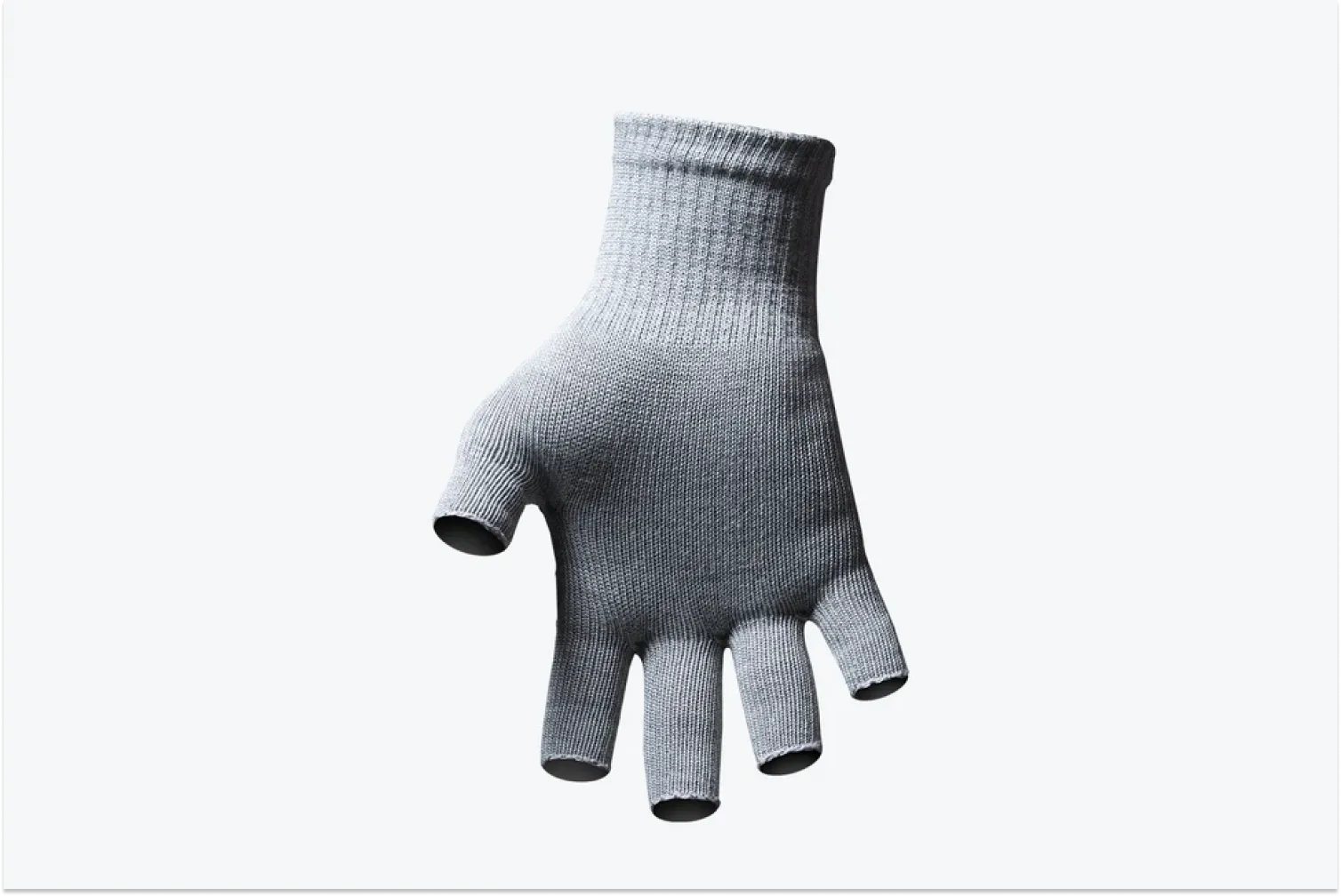Grip strength, the power and force exerted by the hands, is more than just about firm handshakes and opening stubborn jars. It plays a pivotal role in numerous daily activities, from carrying shopping bags to performing specific tasks at work. Moreover, for older adults, it's not merely a matter of convenience; it's a matter of independence.
Beyond these day-to-day functions, grip strength has deeper implications, closely linked with overall health, muscle mass, and even the quality of life one leads. Let's dive into the specifics of grip strength, how to build it, and its significance in our lives.
Why Does Grip Strength Matter Beyond Handshakes?
When you think of grip strength, handshakes might be the first thing to come to mind. However, its relevance goes much deeper. Grip strength acts as a foundation for many weightlifting exercises, from deadlifts with a barbell to pull-ups on a sturdy bar.
But it doesn’t stop at strength training. Research has indicated that grip strength can be a predictor of cardiovascular health.
It serves as an essential biomarker, especially for older adults, shedding light on potential health risks. A strong grip has been correlated with a better quality of life and decreased chances of cardiovascular issues.
Furthermore, in the world of athletes and fitness enthusiasts, a good grip often translates to better performance and more efficient workouts. Those powerful hands hold the key to much more than you might have initially thought.
What Are the Different Types of Grip Strength?
Grip strength isn't a one-size-fits-all concept. Within fitness and strength training, grip is categorized into distinct types, each serving its own purpose and beneficial for various activities.
The Crush Grip involves the force generated between your fingers and the palm, like when you're gripping a tennis ball. The Pinch Grip is the strength between the thumb and fingers, crucial for tasks like holding a weight plate on its edge.
Finally, the Support Grip pertains to holding onto something for extended periods, such as during pull-ups. Recognizing these variations ensures targeted training and well-rounded hand-strength development.
What Are 5 Exercises To Boost Your Hand Strength?
For those looking to enhance their hand grip strength, the following exercises can be conveniently done at home, requiring minimal equipment. That said, you may want to consider wearing Fingerless Circulation Gloves to soothe any discomfort that may arise during your workout, allowing you to do more reps.
1. Dumbbell Wrist Curls
Place your forearm on a table with your wrist hanging over the edge. Holding a dumbbell, use your wrist to curl the weight upwards. Repeat this motion for multiple reps. This focuses on the flexor muscles, enhancing the crush grip.
2. Barbell Deadlifts and Pull-up Bar Activities
The act of lifting a barbell off the ground during a deadlift or pulling oneself up during a pull-up naturally strengthens the support grip. These exercises challenge the entirety of your grip strength, recruiting multiple muscle groups in the process.
3. Kettlebell Farmer’s Carry and Tennis Ball Squeezes
Grip a kettlebell in each hand and walk for a set distance or time. This enhances the support grip and overall hand endurance. For a simpler exercise, repeatedly squeezing a tennis ball also aids in improving grip strength and activating forearm muscles.
4. Plate Pinches and Stress Ball Exercises
Hold a weight plate between your thumb and fingers in a pinch grip and hold for a specific amount of time. Gradually increase weight as strength improves. Alternatively, using a stress ball for repeated squeezes offers grip strengthening and a stress-relief bonus.
5. Pull-ups
Pull-ups, a compound exercise, indirectly fortify grip strength by necessitating a firm hold on the pull-up bar. For those suffering from carpal tunnel syndrome, resistive exercises using bands can aid in alleviating symptoms and enhancing grip.
What Are the Benefits of Heavier Weights for Muscle Mass?
Incorporating heavier weights into your routine can accelerate muscle mass growth, directly influencing grip strength. It's essential to balance weight and reps, ensuring muscle endurance and strength develop in tandem.
As you add weight to your workouts, you may notice a strain on your wrists. If advised by a medical professional, it may be beneficial to wrap your wrists to soothe discomfort.
How Can You Incorporate Incrediwear for Enhanced Training and Recovery?
Incrediwear isn't just another accessory; it's a game-changer in the realm of muscle training and recovery. Targeting forearm muscles, which play a vital role in grip strength, Incrediwear products harness the power of semiconductor technology. When activated by body heat, this unique approach releases negative ions, setting healthy blood flow in motion.
Healthy circulation ushers in oxygen and essential nutrients, supporting the healing process. This ensures that post-exercise recovery is swift and efficient, making Incrediwear a great option for those looking to boost their grip strength.
What Is the Need for Balanced Training for Grip Strength?
While a formidable grip is commendable, it shouldn't be the sole focus of one's training regimen. The strength of one's grip is intricately linked to upper body strength. For instance, exercises like push-ups and chin-ups test and build your grip and enhance the upper body's muscle groups, promoting balanced development.
Integrating overall body weight exercises into your routine is essential, ensuring a holistic approach to fitness. By focusing on interconnected muscle groups, one can achieve a stronger grip and a robust and well-rounded physique, ready for daily challenges and specialized tasks.
Wrapping Up
Incorporating grip strength exercises into your routine can significantly enhance overall health and upper body prowess. By combining targeted training with the advanced recovery benefits of Incrediwear, one can achieve a balanced, powerful grip and a well-rounded fitness level, paving the way for optimal performance and daily well-being.
Sources:
Read more

Whether you're a seasoned sprinter or stepping on the treadmill for the first time, we've all been there: running in place can feel a bit monotonous. It's the same view, the same pace, the same rou...

Every golfer, whether novice or professional, understands that the essence of the game lies in the swing. A well-executed golf swing can be the difference between an eagle and a bogey. But beyond t...






Leave a comment
All comments are moderated before being published.
This site is protected by hCaptcha and the hCaptcha Privacy Policy and Terms of Service apply.